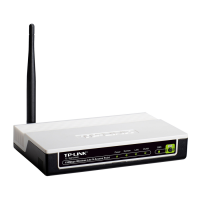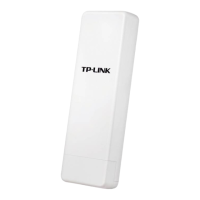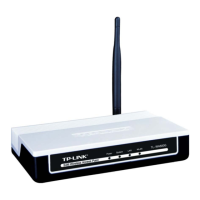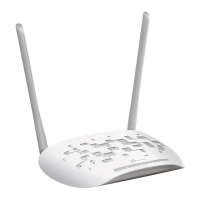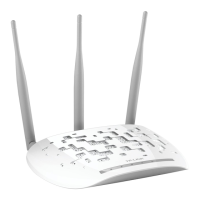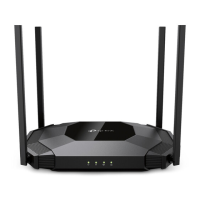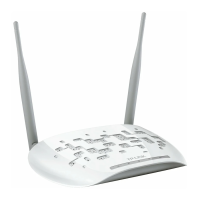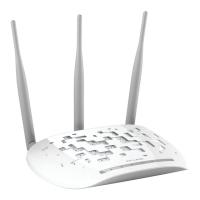42
AP Router - In this mode, the device enables multi-users to share Internet via ADSL/Cable
Modem. The wireless port share the same IP to ISP through Ethernet WAN port. The
Wireless port acts the same as a LAN port while at AP Router mode.
Access Point - In this mode, the device can be connected to a wired network and transform
the wired access into wireless that multiple devices can share together, especially for a
home, office or hotel where only wired network is available.
Multi-SSID - In this mode, the device can create up to 4 wireless networks labeled with
different SSIDs and assign each SSID with different security or VLAN, especially for the
situation when the various access policies and functions are required.
Repeater(Range Extender) - In this mode, the device can copy and reinforce the existing
wireless signal to extend the coverage of the signal, especially for a large space to eliminate
signal-blind corners.
Bridge with AP - In this mode, the device can be used to combine multiple local networks
together to the same one via wireless connections, especially for a home or office where
separated networks can't be connected easily together with a cable.
Client - In this mode, the device can be connected to another device via Ethernet port and
act as an adaptor to grant your wired devices access to a wireless network, especially for a
Smart TV, Media Player, or game console only with an Ethernet port.
Note:
When you change the operation mode to Client/Repeater, WPS function will stay disabled. Please
manually enable this function if needed when you switch back to Access Point/Multi-SSID/Bridge
mode.
4.5 WPS
Choose WPS in the main menu, you will see the page as shown in Figure 4-3. The WPS function
is disabled and cannot be configured in the standard AP mode.
Figure 4-3 WPS
Selected SSID - If Multi-SSID is enabled, you can choose one of the SSIDs from the
pull-down list.
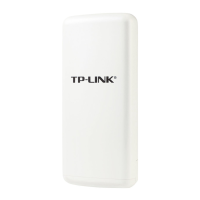
